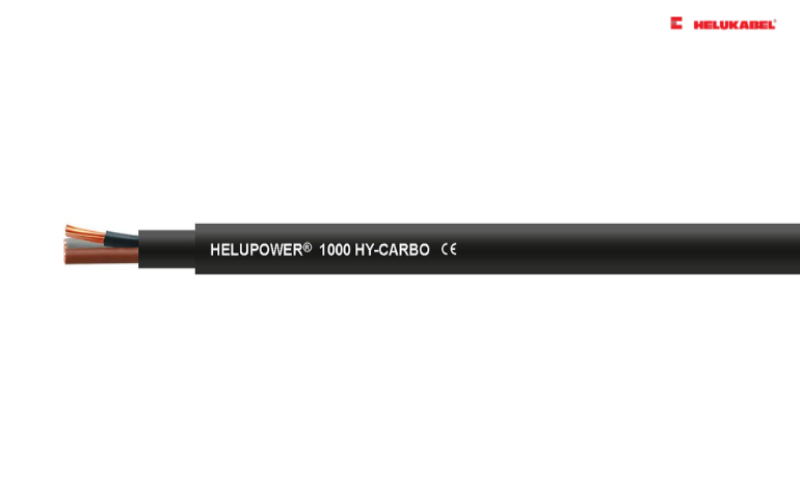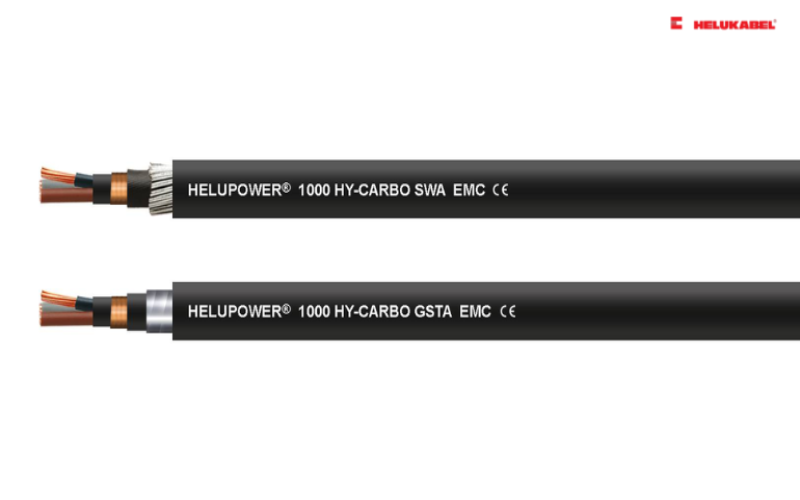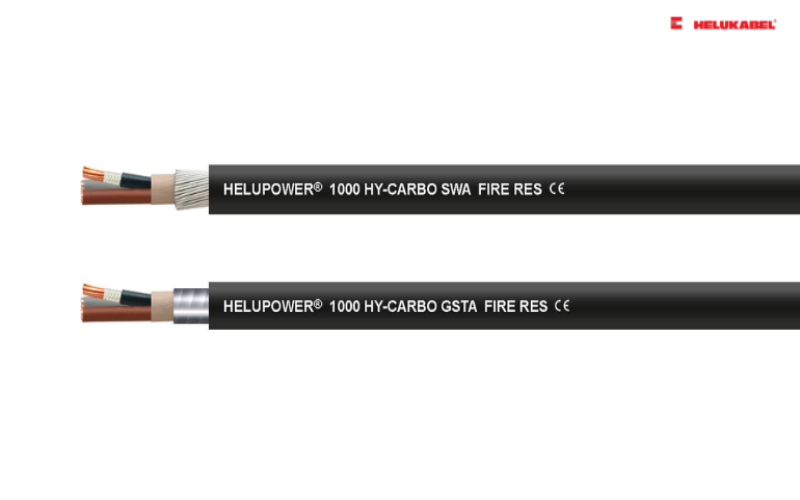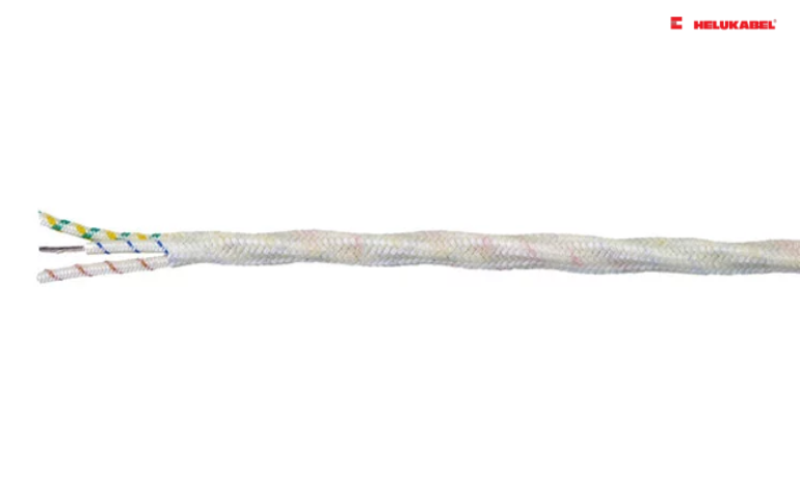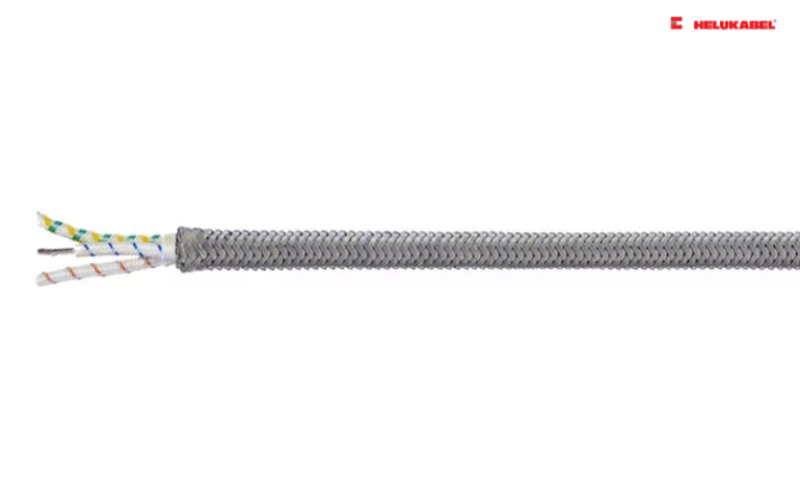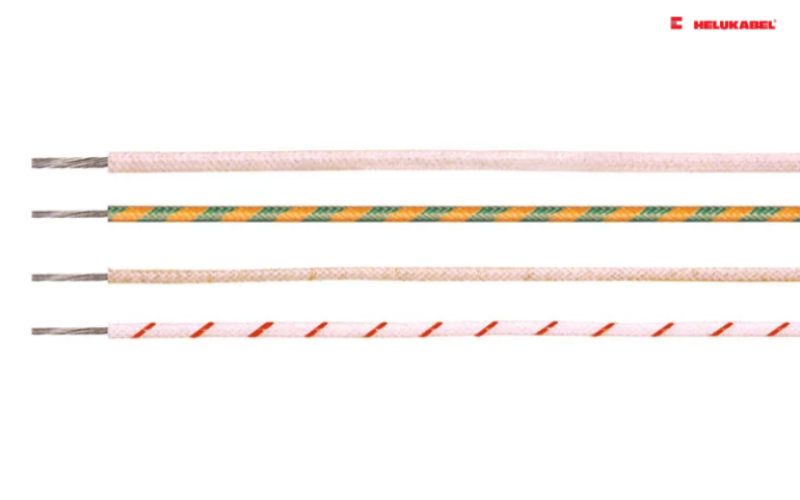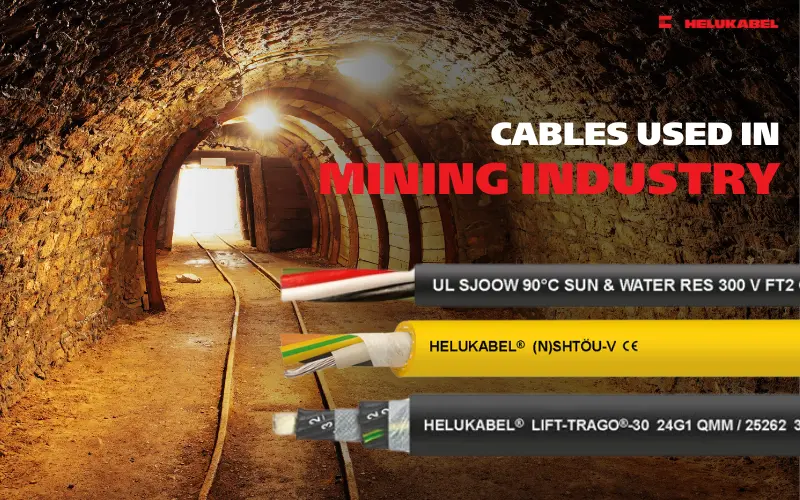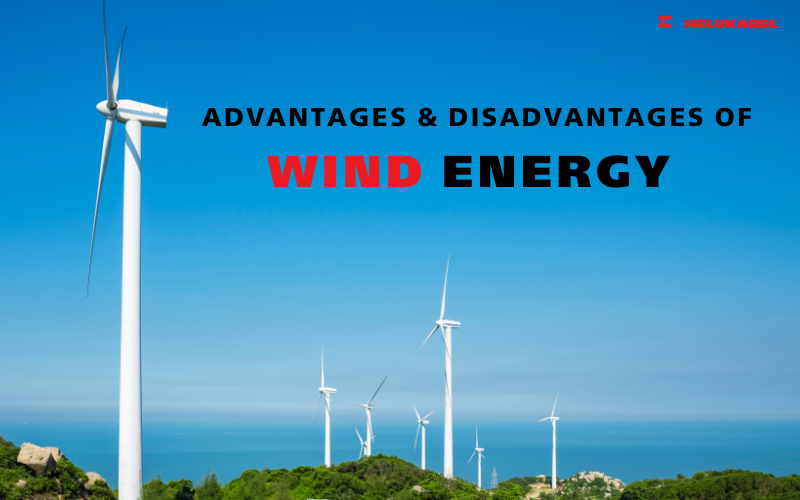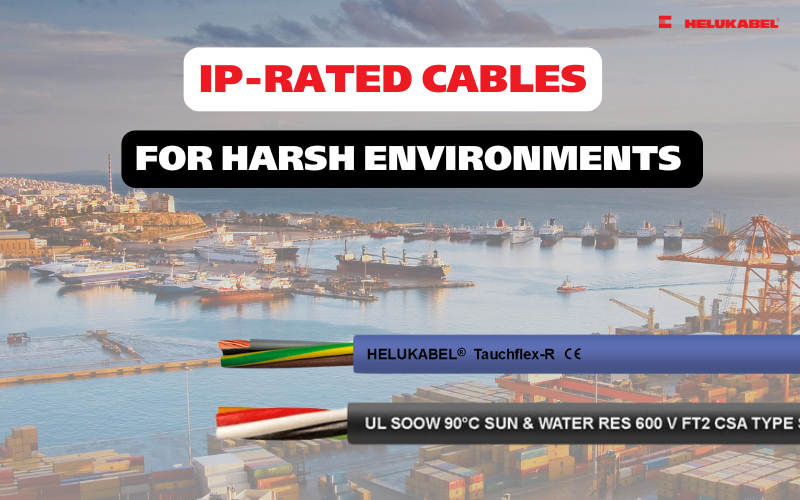Sustainable cable and accessory solutions for the Oil and Gas Industry
Oil and gas is one of the key industries in the global energy market. Let’s explore the characteristics of this demanding sector and the durable, specialized cable solutions designed to withstand its harsh operating environments.
1. Overview of the oil and gas industry
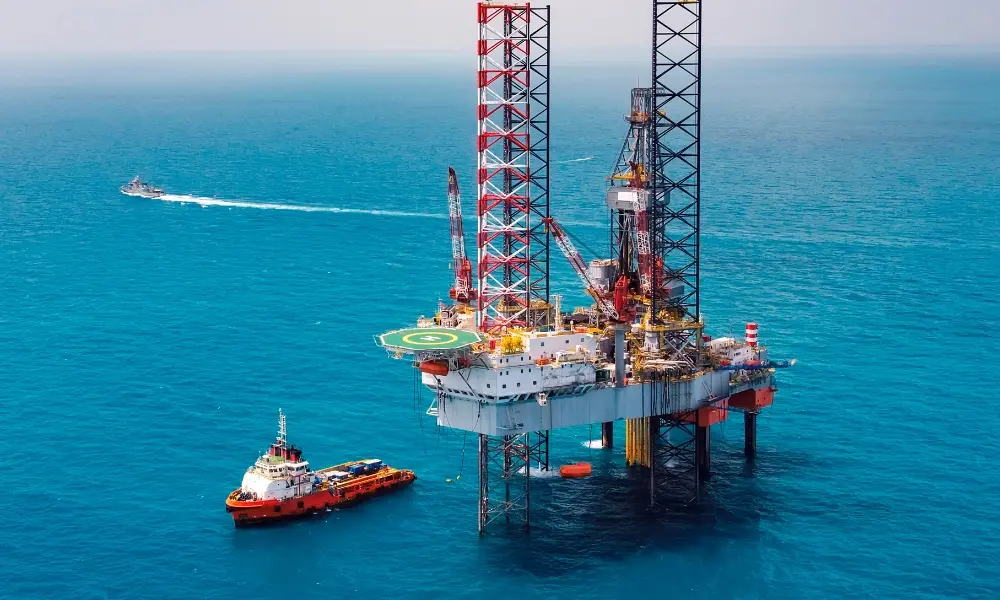
1.1 What are oil and natural gas?
Crude oil and natural gas are hydrocarbon compounds - chains of carbon and hydrogen atoms formed from organic matter compressed over millions of years. These substances are collectively referred to as petroleum and are commonly found together. If a reservoir (an underground deposit) contains only gas without oil, it is referred to as non-associated gas. Conversely, if it contains both oil and gas, the gas portion is called associated gas.
Crude oil and natural gas exist in various types and qualities. Oil quality is primarily assessed based on its “sweetness” and “heaviness.” Sweetness refers to sulfur content—low-sulfur oil is called sweet crude and is easier to refine, thus more valuable. Heaviness relates to the oil’s density - light crude is easier to refine into high-value products like petrol, whereas heavy crude is thick, flows slowly, and contains more undesirable impurities.
Natural gas consists mainly of methane, though it may contain other impurities. Like crude oil, it is classified as sweet or sour gas depending on its hydrogen sulfide content. When refined and primarily composed of methane, it is referred to as dry gas. Natural gas can also be condensed into Natural Gas Liquids (NGLs) such as propane and butane.
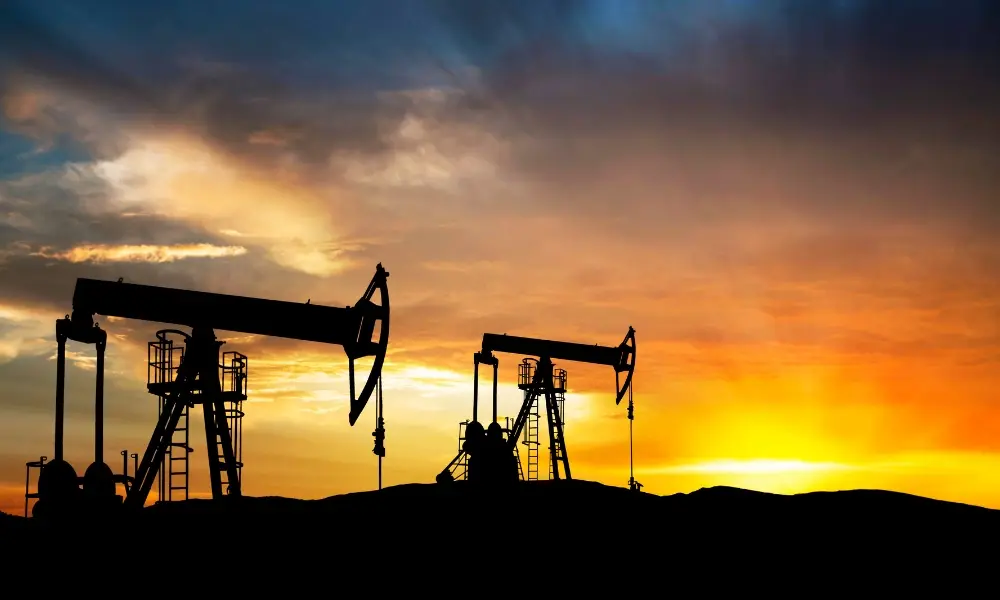
Oil exploration
1.2 The critical role of the oil and gas industry
Crude oil and natural gas are cornerstone industries within the global energy market and are vital to the world economy, serving as the planet’s two main energy sources:
- The oil and gas industry generates significant revenue through the extraction, refining, and trading of crude oil, natural gas, and petroleum-derived products. For countries with large petroleum reserves, oil and gas exports substantially boost economic growth.
- The sector requires massive investments in infrastructure, including distribution systems, pipelines, storage facilities, refineries, and exploration/extraction operations. These investments not only drive sector growth but also stimulate related industries such as manufacturing, engineering, and construction.
- Petroleum products are essential for modern life and have far-reaching effects on economies and governments globally. Oil and gas price fluctuations can heavily impact both global and national economies.
2. Key segments of the oil and gas industry
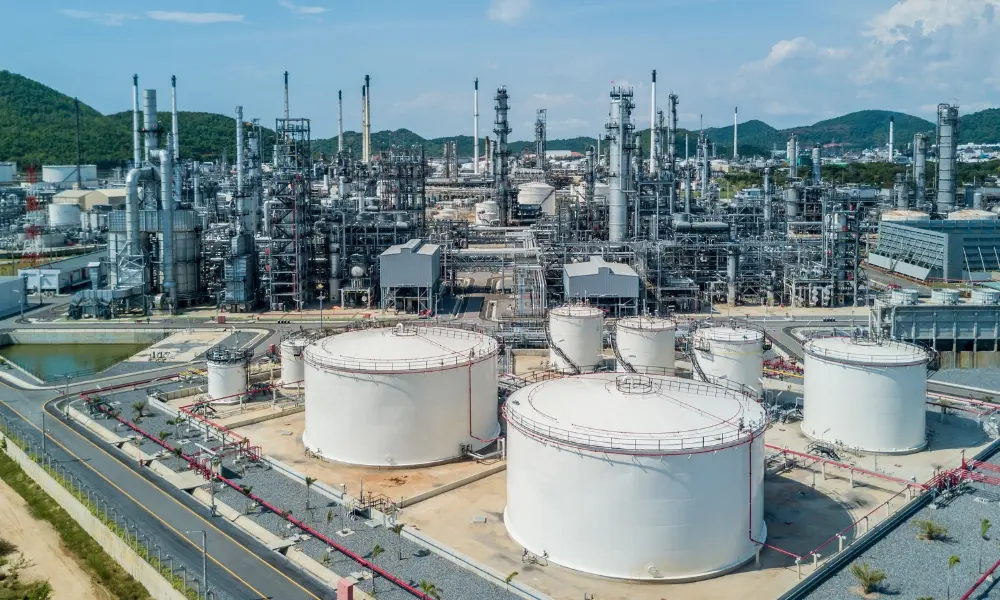
Oil refinery and petrochemical plants
The industry is divided into three main segments: upstream, midstream, and downstream.
2.1 Upstream
Upstream refers to the exploration and production (E&P) phase. It includes locating underground or subsea oil and gas reserves, exploratory drilling, and extracting resources from identified wells. This phase is highly technical, capital-intensive, risky, and dependent on advanced technology.
2.2 Midstream
Midstream involves transportation, storage, and preliminary processing of crude oil and natural gas post-extraction. Since oil and gas fields are often far from refineries and processing plants, efficient transport is critical. This includes pipelines, oil tankers, tanker trucks, and storage systems. Midstream serves as a bridge between upstream and downstream operations.
2.3 Downstream
Downstream encompasses the refining of crude oil, purification of natural gas, and distribution of end products to consumers. Activities include refining, marketing, and product delivery. Common downstream products include petrol, diesel, kerosene, LPG, jet fuel, asphalt, lubricants, and various petrochemicals.
Petroleum is the economic backbone of many countries and plays a vital role across various industrial sectors.
3. Key applications of the oil and gas industry
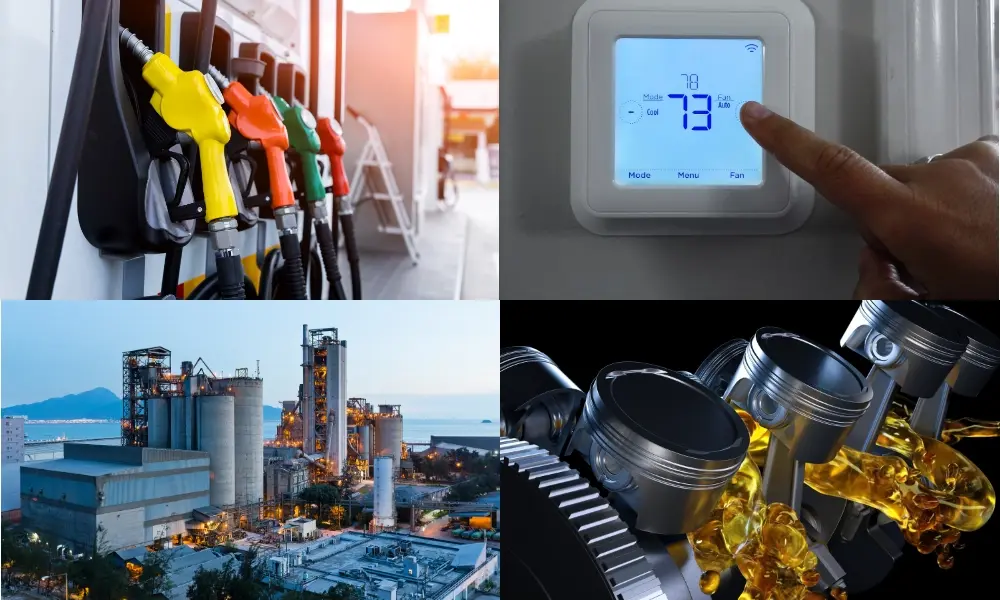
Critical applications of the oil and gas industry
The industry produces many essential products, with fuel oil and petrol being the most important:
- Transportation: Oil and gas products such as petrol and diesel power transportation and logistics, including daily commuting, freight, and air travel.
- Heating and cooling: Heating oil and natural gas are widely used for residential, commercial, and industrial heating systems, providing energy for hot water, space heating, and high-temperature processes.
- Industrial processes: Oil and gas serve as critical feedstocks in numerous manufacturing sectors, used to produce petrochemicals, polymers, fertilizers, pharmaceuticals, lubricants, and synthetic materials.
- Electrical and electronic devices: Natural gas powers gas turbines for electricity generation, while petroleum-based products are found in batteries, lubricants, and components of electronic devices, supporting many modern technologies.
4. Operational challenges in the oil and gas industry
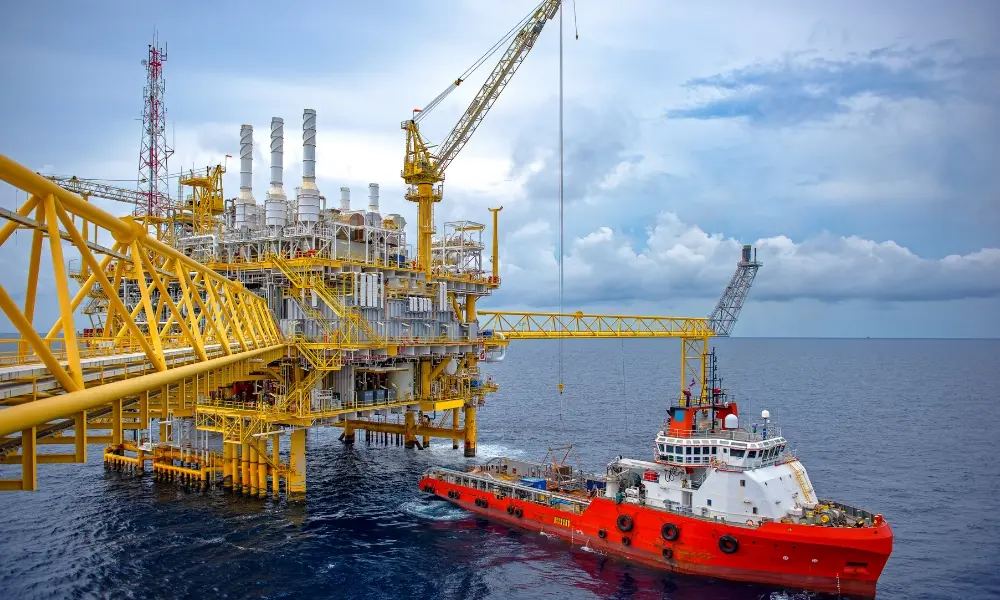
Harsh environmental conditions of the industry
The industry operates in highly demanding environments and faces unique challenges:
- Strict regulations: The sector is tightly regulated for safety and environmental compliance. Adherence to these standards is mandatory.
- Harsh environments: Exploration, drilling, production, and refining often occur in extreme conditions like offshore rigs, refineries, or remote sites. Risks include flammable gases, solvent vapors, combustible dust, high humidity, saltwater exposure, and extreme temperature fluctuations.
- Vibration and movement: Heavy machinery and equipment cause continuous vibration and motion. Electrical systems must tolerate these stresses, ensuring cables remain intact during installation, maintenance, or operation.
Electrical systems are central to oil and gas operations, powering equipment, lighting workspaces, and enabling communication and data transmission. Reliable and, above all, safe electrical connections are essential, as even a small spark could trigger an explosion.
5. HELUKABEL’s products and solutions for the oil and gas industry
The oil and gas sector is one of the harshest environments for electrical cables. This industry demands products that meet the highest standards for durability, safety, and environmental resistance. Below are HELUKABEL’s cables and accessories that meet the rigorous requirements of this specialized sector:
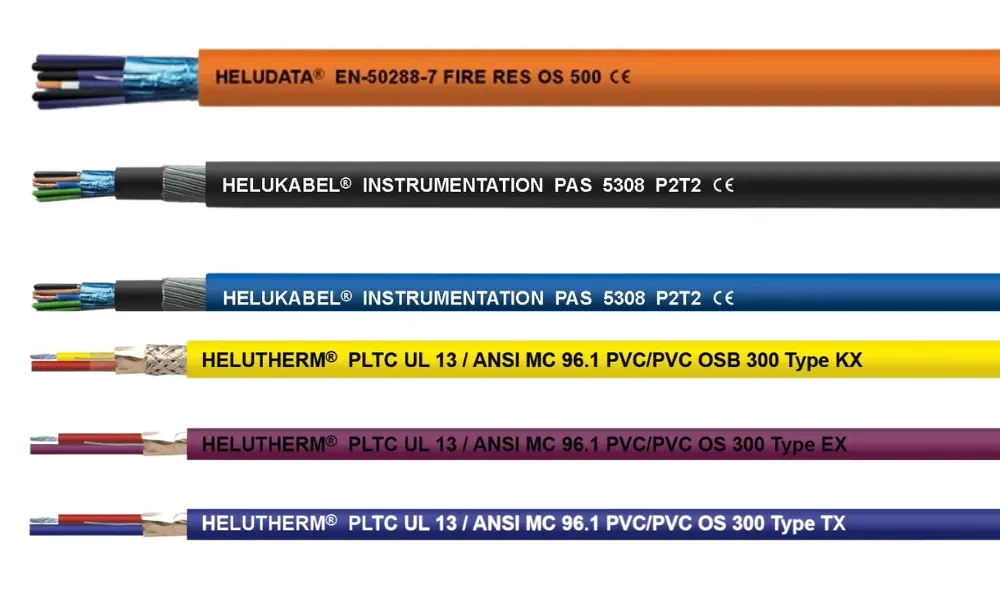
Instrumentation cables
5.1 Instrumentation cables
These cables transmit data from sensors and instruments to control systems, playing a critical role in monitoring and controlling key parameters such as pressure, temperature, and flow.
HELUKABEL offers a wide range of signal cables compliant with standards such as:
- EN-50288-7: HELUDATA® EN-50288-7 PVC/PVC OS 300, OS 500; XLPE/PVC IOSA 500; HELUTHERM® FR BS 7629
- PAS 5308: HELUDATA® PAS 5308 PE/PVC CAM; IAM/CAM/SWA; PVC/PVC IAM/CAM/SWA
- PLTC UL13: HELUDATA® PLTC UL13 PVC/PVC OSA 300; XLPE/LS0H IOSA 300; HELUTHERM® PLTC UL 13 / ANSI MC 96.1 XLPE/LS0H
5.2 Power cables
These cables power machinery and equipment and are engineered to withstand extreme environmental conditions such as high temperatures and corrosive agents.
Key products include:
- HELUPOWER® 1000 HY-CARBO (hydrocarbon-resistant) with variants such as: steel armored (SWA), SWA EMC (150% shielding), fire-resistant (SWA FIRE RES), lead sheathed (LEAD GSTA)
- TOPFLEX®-EMV-UV-3-PLUS-2XSLCH-J (double-shielded for EMC protection)
- Other cables: HELUPOWER® 1000 RV-K, 1100-RZ1-K LS0H GREEN, H07RN-F LS0H
5.3 DNB cables
DNB cables for the oil and gas industry may include copper or fiber optic variants.
- Copper cables: HELUKAT® O&G Cat. 7e S/FTP (Armoured), Cat. 6A S/FTP (Armoured), HELUKABEL® DeviceNet Thick – FRNC (Armoured)
- Fibre optic cables: Used for data transmission over distances of 100+ meters or high bandwidth needs. Examples: HELUCOM® A/I-DQ(ZN)H(SWA)H Central Armoured; HELUCOM® A/I-DQ(ZN)(SR)H FS120 Cca Armoured
5.4 Other types of cables used in oil and gas industry
Other cables used in the oil and gas sector include:
- Temperature-resistant cables: HELUTHERM® 145, MULTI-C, 1200/1200-ES
- Rubber cables: SOOW, SJOOW
- Thermocouple extension cables: HELUTHERM® PLTC UL 13 / ANSI MC 96.1 (XLPE/LS0H and PVC/PVC)
5.5 Explosion-proof cable glands and accessories
Besides cables, HELUKABEL also provides explosion-proof cable glands and accessories like cable ties, protective tubes, and clamp rings, designed to meet hazardous area classification standards.
Examples include:
- Cable glands: HELUTOP® HT-MS-EX-d, HT-MS-EX-d 1 EMV, HT-MS-EX-d / e 4, PEPPERS EC-C
- Accessories: Clamping ring HTP, protection tube HTP, cable tie E
If you still have any concerns or questions, don't hesitate to reach out to HELUKABEL Vietnam's engineering team promptly for detailed assistance.
HELUKABEL® Vietnam
| Address | 905, Nguyen Kiem Street, Ward 3, Go Vap District, Ho Chi Minh City 700000, Vietnam |
| info@helukabel.com.vn | |
| Hotline | +84 28 77755578 |
| Website | www.helukabel.com.vn |
| Discover our products and place orders | Tiki | Shopee | Lazada | Product finder |
| Follow us on | Facebook | LinkedIn | Instagram | Youtube | Zalo | WhatsApp | Tiktok | Spotify |

